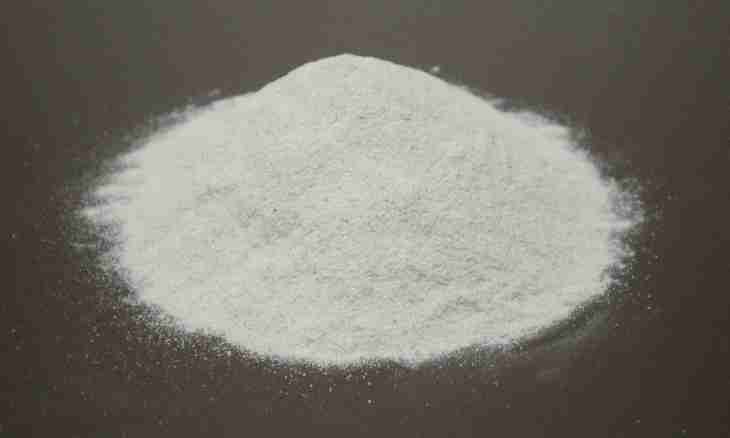Calcium hydroxide (other name – extinguished lime, a limy milk, lime water) has a chemical formula Sa (IT) 2. Appearance – friable white or with a light-grayish shade powder, we will badly dissolve in water. How it is possible to receive calcium hydroxide?
Instruction
1. Having all characteristic properties of the bases, calcium hydroxide easily reacts with acids and acid oxides. Being rather strong basis, it can react also with salts, but only if the slightly soluble product is as a result formed, for example: Ca(OH)2 + K2SO3 = 2KOH + CaSO3 (calcium sulfite, drops out in a deposit).
2. The most widespread way of receiving this substance – both industrial, and laboratory is a reaction of water with calcium oxide (not extinguished lime). It proceeds quite violently, sN2O + SaO = Sa (IT) 2. Long since the known name of this reaction – "lime clearing".
3. In vitro hydroxide of calcium can be received also in some other ways. For example, as calcium – very active alkaline-earth metal, it easily reacts with water, forcing out hydrogen: Sa + 2H2O = Sa (IT) 2 + H2 This reaction proceeds, of course, not in a so rough way, as in cases with alkaline metals of the first group.
4. It is also possible to receive calcium hydroxide, having mixed solution of its any salt with strong alkali (for example, sodium or potassium). More active metals easily force out calcium, taking its place and, respectively, giving it in exchange "" hydroxide ions. For example: 2KOH + CaSO4 = Ca(OH)2 + K2SO42NaOH + CaCl2 = 2NaCl + Ca(OH)2

